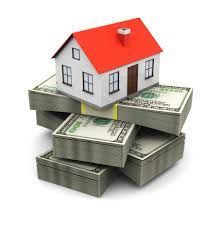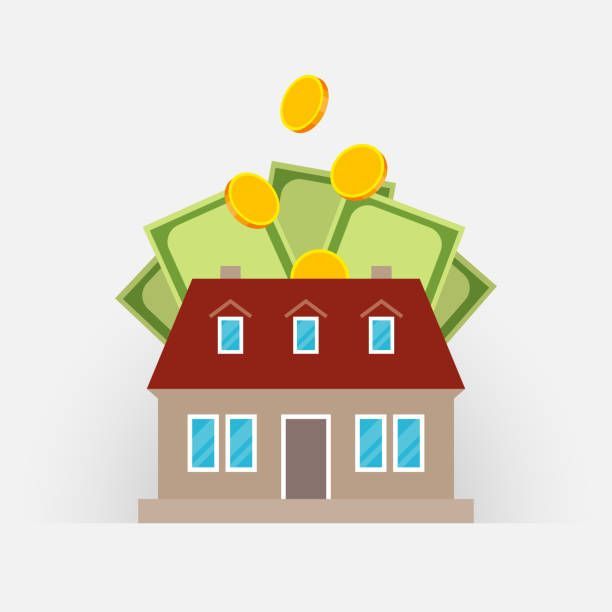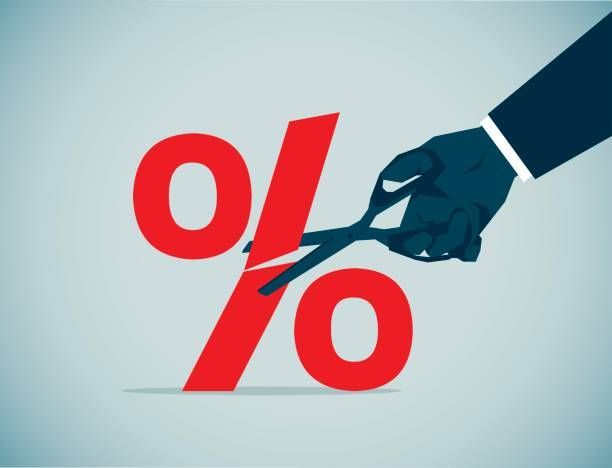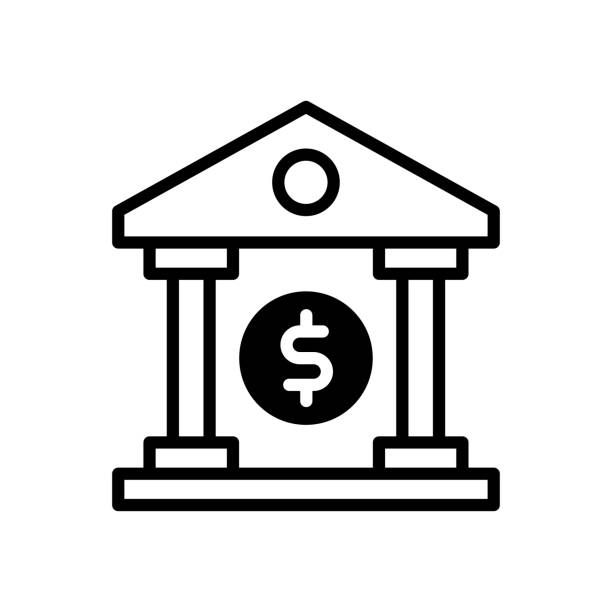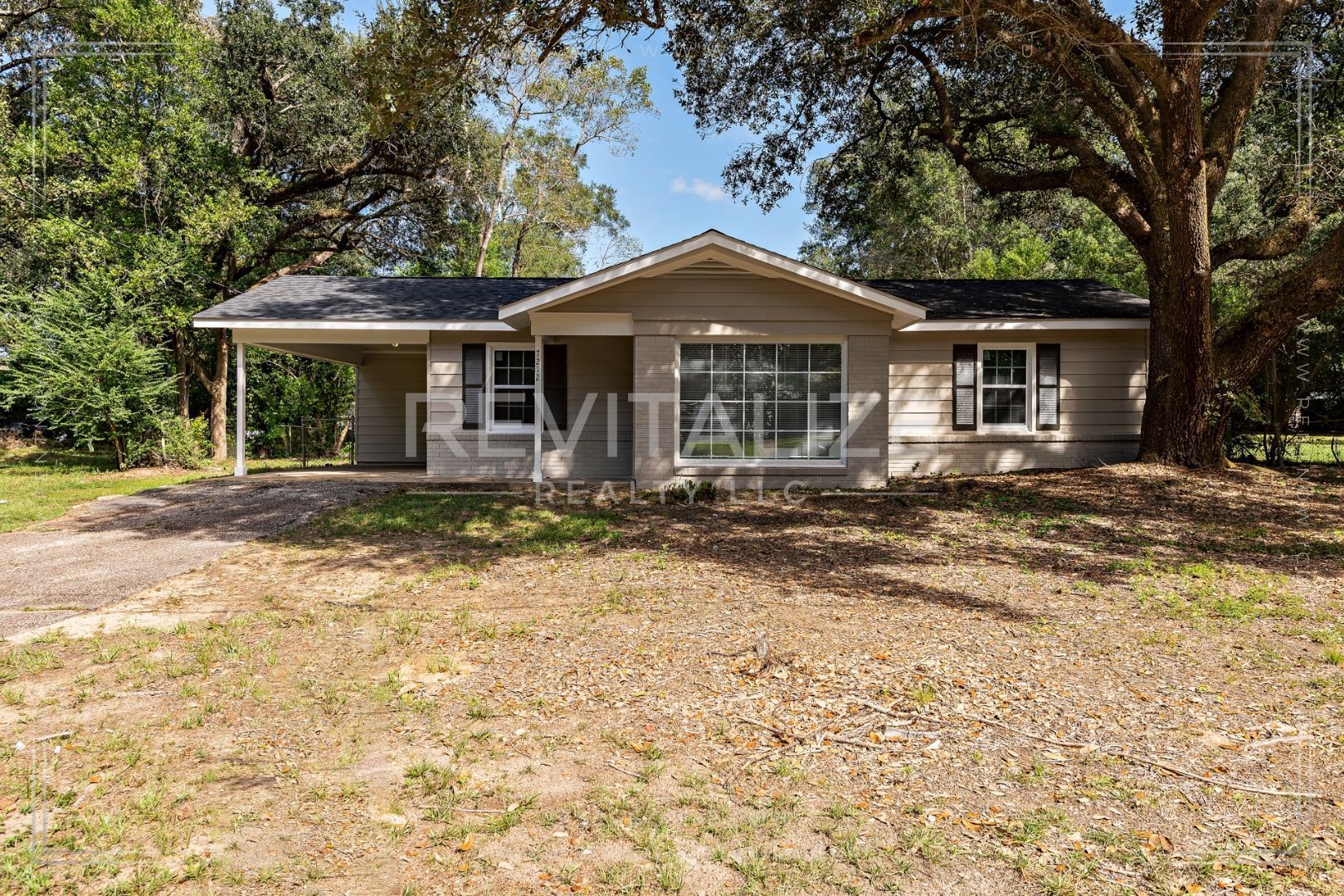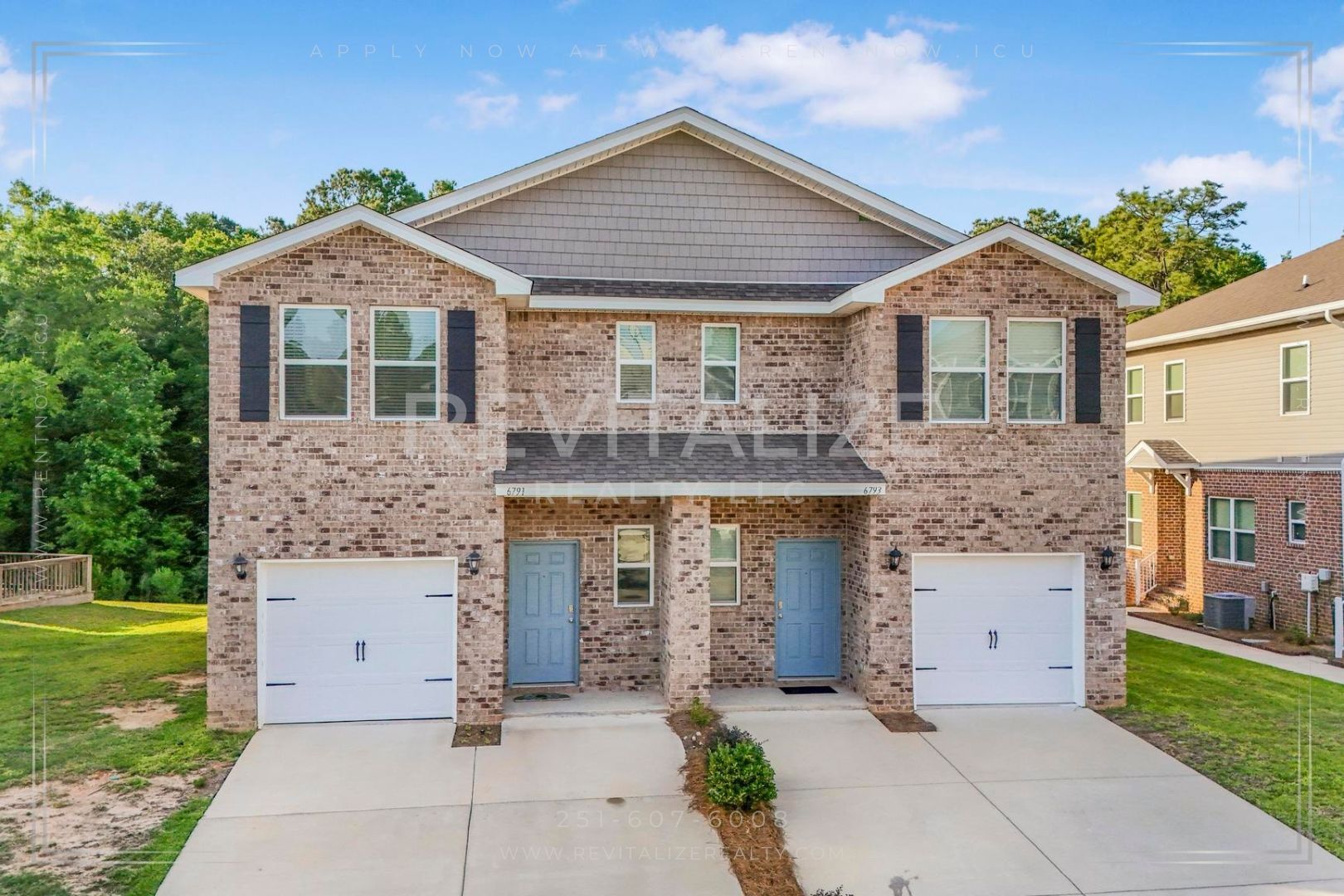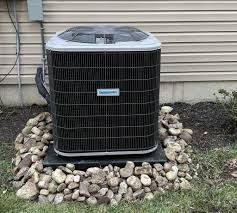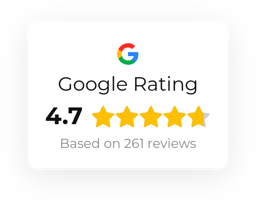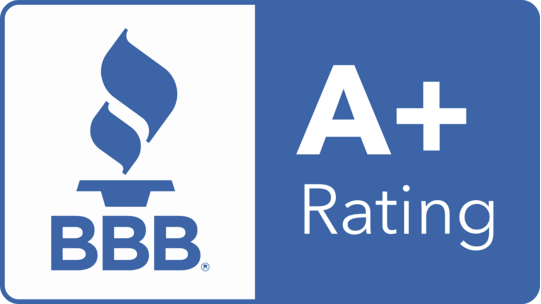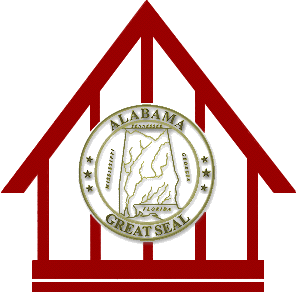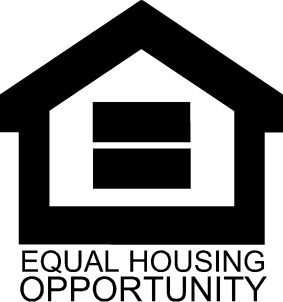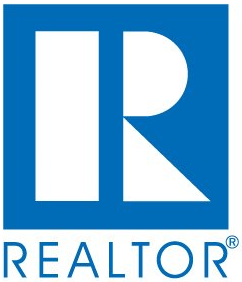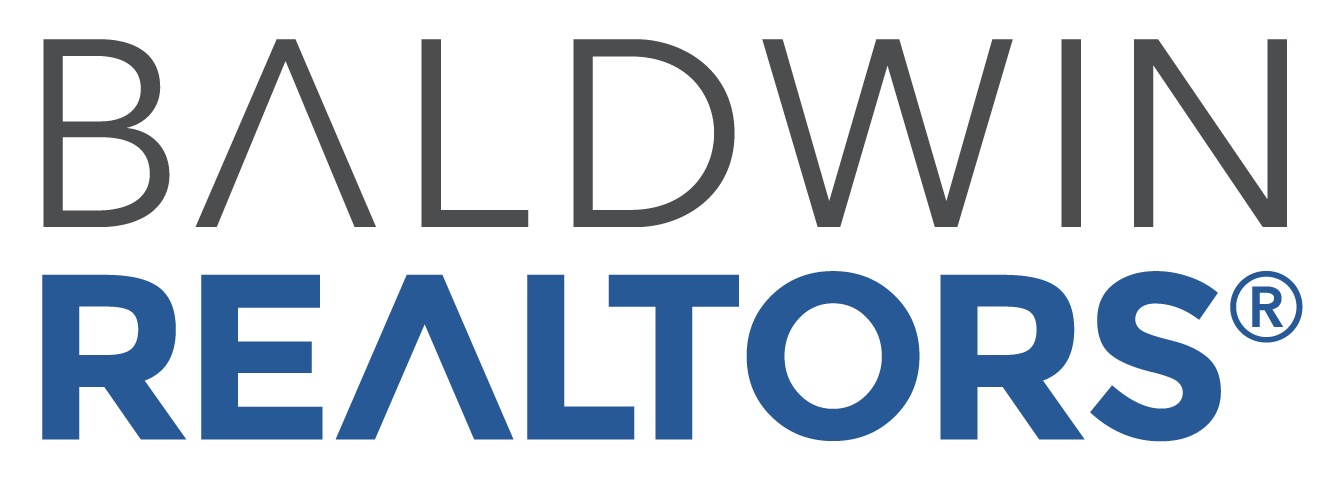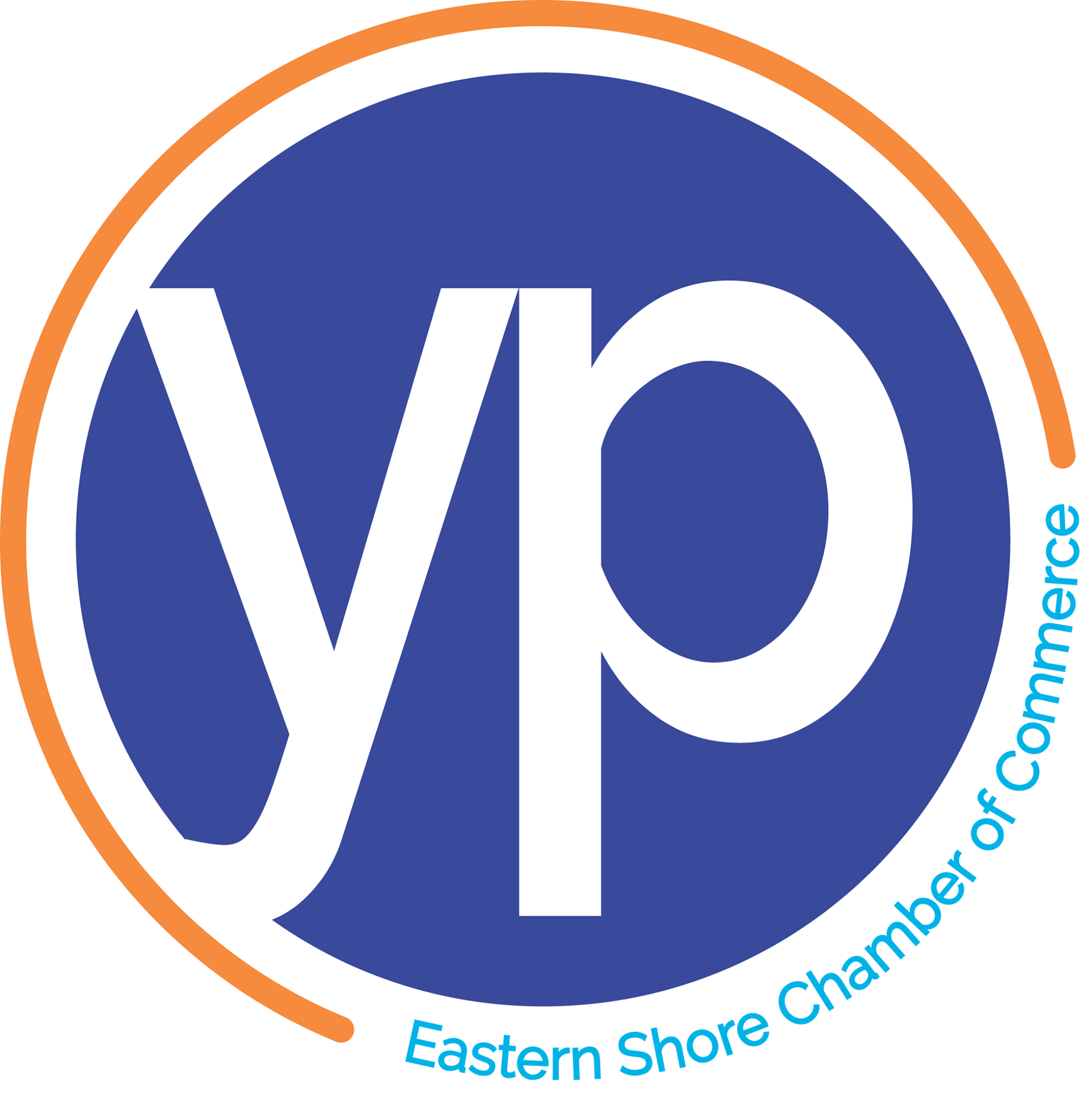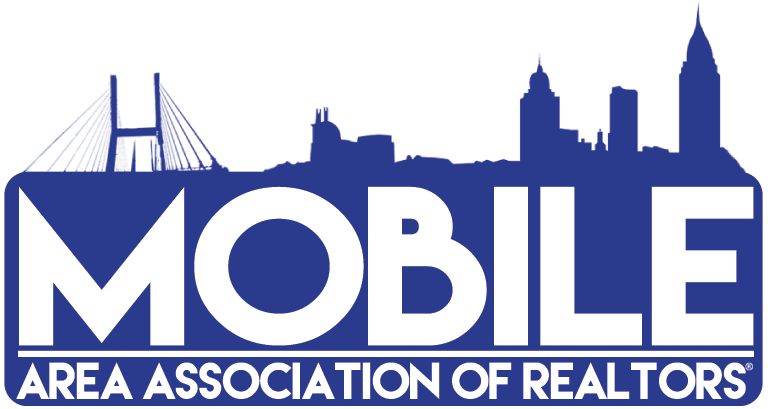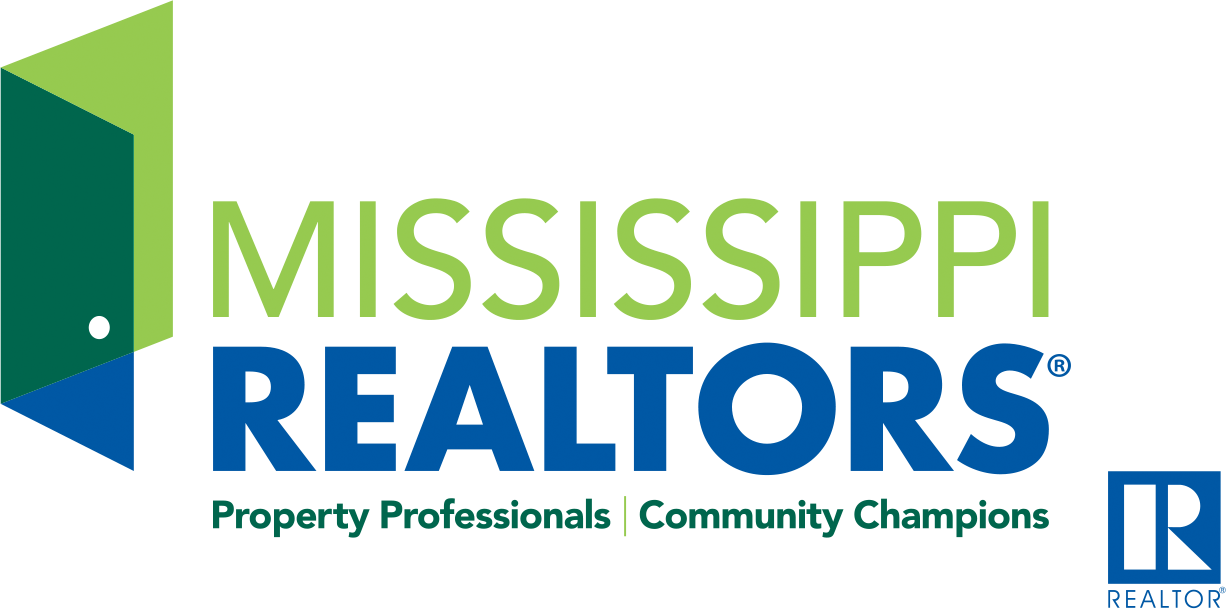Mastering the Art of Rental Pricing
A Guide for Property Owners

Setting the right rental rate for your property is a balancing act that requires careful consideration of various factors. Whether you're a seasoned landlord or a newcomer to the rental market, determining the optimal rental rate is crucial for maximizing your property's profitability while attracting quality tenants. In this guide, we'll explore some of the best practices to help property owners appropriately set rental rates.
Market Research:
Conduct thorough market research to understand the current rental trends in your area. Analyze similar properties in your neighborhood to get an idea of the going rates. Online platforms, local real estate agencies, and property management companies can provide valuable insights into rental prices in your area.
Consider Location and Amenities:
Location plays a significant role in determining the rental value of a property. Factors such as proximity to public transportation, schools, shopping centers, and recreational facilities can influence the rental rate. Additionally, the quality and quantity of amenities offered, such as parking, laundry facilities, and outdoor spaces, can justify higher rental prices.
Evaluate Property Condition:
Assess the condition of your property and consider any recent renovations or upgrades. A well-maintained and modernized property can command higher rents compared to one in need of repairs. Take into account the age of the property, the condition of appliances, flooring, and fixtures when setting the rental rate.
Calculate Operating Expenses:
Factor in your operating expenses when determining the rental rate. Consider mortgage payments, property taxes, insurance, maintenance costs, and utilities. It's essential to ensure that the rental income covers these expenses while still providing a reasonable return on investment.
Account for Vacancy Rates:
Keep in mind the potential for vacancies when setting the rental rate. It's wise to include a buffer in your calculations to account for periods when the property may be unoccupied. Analyze historical vacancy rates in your area to gauge realistic expectations and adjust the rental rate accordingly.
Assess Tenant Demand:
Understand the demand for rental properties in your area and tailor your pricing strategy accordingly. Factors such as population growth, employment opportunities, and housing demand can influence tenant preferences and rental prices. A property in high demand may justify a slightly higher rental rate.
Stay Competitive:
While it's essential to maximize rental income, it's equally important to remain competitive in the market. Pricing your property too high could deter potential tenants and lead to extended vacancies. Regularly monitor rental rates in your area and adjust your pricing strategy to stay competitive.
Flexibility and Negotiation:
Be open to negotiation and consider offering incentives such as flexible lease terms or amenities to attract tenants. Sometimes, a slightly lower rental rate can be offset by securing a reliable long-term tenant. Strike a balance between maximizing rental income and maintaining tenant satisfaction.
In conclusion, determining the appropriate rental rate for your property requires careful consideration of various factors, including market conditions, property characteristics, operating expenses, and tenant demand. By conducting thorough research, evaluating your property's condition, and staying competitive in the market, you can set a rental rate that maximizes profitability while attracting quality tenants. Remember to remain flexible and open to negotiation to ensure a successful rental experience for both parties involved.

